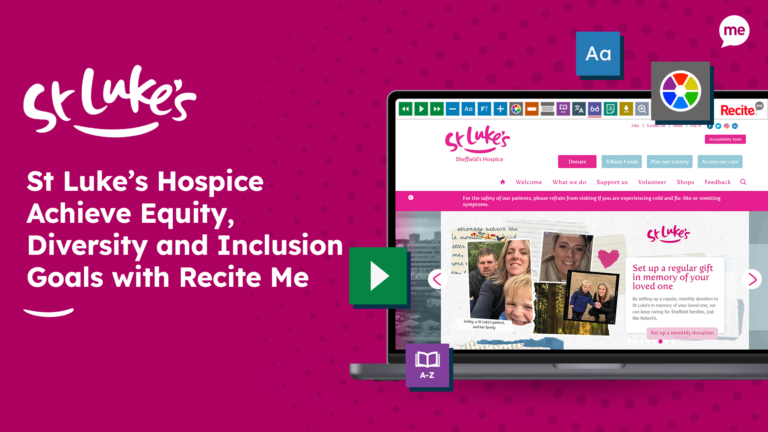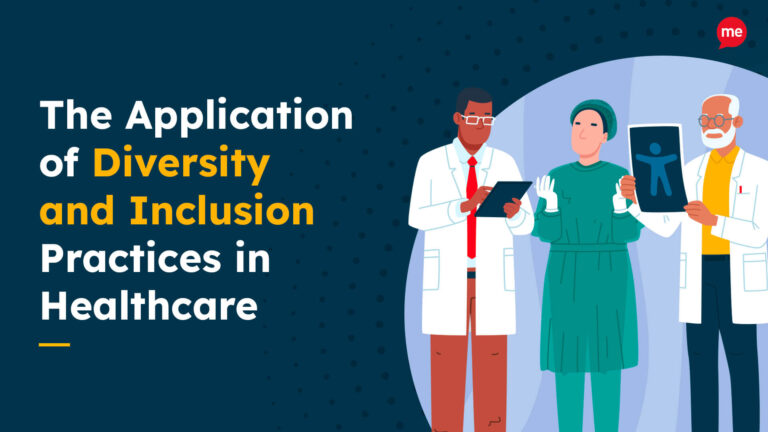Healthwatch York works to shape healthcare services by ensuring that the decisions made within York’s healthcare system are based on people’s experiences. We recently caught up with Sian Balsom, Manager at Healthwatch York to discuss the work they do and support meetings held with Ukrainian refugees.
Who is Healthwatch York and what do you do?
Every local area has a Healthwatch. Healthwatch York at York CVS is based on a very simple idea – that the best people to help shape our health and care system are those who use health and care services. We believe that by making sure people’s experiences are right at the heart of decision-making around health and care, we can make York work better for everyone. We also help people find reliable and trustworthy information and advice about health and care and services that can support them. We are part of the network of local Healthwatch across England.
Why are equality, diversity, and inclusion important to Healthwatch York?
Our role is to speak up for people about their experiences. We sit on a lot of strategic meetings in York, but we are very clear. The seat doesn’t belong to us, it belongs to every single person in our city. We want everyone to be able to interact with us, in the way they choose. From our work, we know many barriers that prevent people from being included. We often advise other health and care bodies about these barriers, and challenge them to work to remove them. We want to be sure we practice what we preach, and are currently working through a strategy for equality, diversity, and inclusion. This means giving a firm commitment to make all our work as accessible as possible.
Could you tell me a bit about your ‘Your Care, Your Way’ campaign?
Healthwatch England launched the ‘Your Care, Your Way’ campaign alongside the Healthwatch Network because we know that clear, understandable information is important to help people make decisions about health and care and get the most out of services.
The Accessible Information Standard gives disabled people and people with sensory loss the legal right to get health and social care information they can understand and communications support if they need it. But, is the standard being delivered by services, and does it go far enough?
The campaign ‘Your Care, Your Way’ aims to:
Find out how well health and care services deliver the accessible information standard.
Make sure that, if the standard covers you, you know your rights.
Find out who else has problems understanding information about their healthcare and what needs to be covered by the standard.
As part of this campaign, we worked with our colleagues from Healthwatch North Yorkshire, to understand people’s experiences of receiving information in their preferred format across North Yorkshire and York. The full report is here: Accessible-Information-Report-June-2022.pdf (healthwatchyork.co.uk). But in short summary, we heard that too many people are still not getting information in the way they choose. We have made 9 recommendations to the local health and care system, and are now beginning to get feedback on how these are being adopted.
How does the Recite Me toolbar fit into your ED&I strategy?
Since we started Healthwatch York in 2013, we have always provided extra accessibility options on our website. It’s part of our commitment to making our work as accessible as possible. But when we saw what the Recite Me toolbar could do, we were really impressed. We switched to the toolbar because it has so many different options. For example, we know reading pdf documents has been an issue in the past, but the Recite Me toolbar does this. We found it really easy to use, and that’s vital for us. Also, despite the perceptions of York as a mainly white British city, as far back as 2010 research identified over 70 different languages being spoken in the city. So the wide range of languages available through the toolbar was really attractive to us. We are also aware that some people face multiple barriers, for example, a person with sight loss whose first language isn’t English, so it was great to see that the toolbar will also read out information in those languages.
See our website accessibility tools here.
You recently supported the wider staff team at York CVS to attend a meeting with Ukrainian refugees, could you tell me a bit about this meeting and the work you are doing with refugees?
Our colleagues who work in social prescribing were invited to a meeting with Ukrainian refugees. It was originally sold to us as a fairly low-key drop-in session with chat and tea sort of thing. It was only on the day of the event that they revealed it was actually a huge event with hundreds of people attending and we’d been assigned a stall etc. That was when we all kind of jumped in to get our leaflets etc included so all of York CVS could be represented. A member of the Healthwatch York team, Helen, used the Recite Me toolbar to translate some of our materials into Ukrainian. When other wider team members saw them, they asked Helen if she could translate their leaflets too. She (and Recite Me!) really saved the day for everyone!
What feedback did the Recite Me toolbar translation tools receive from Ukrainian refugees?
Lots of people came over, read the front pages of our leaflets, then picked them up and walked away. We are aware our services are probably not the first things people will need when people are still organising the basics of life like accommodation and education. But we have since held a volunteering event which two Ukrainian women attended, and we know when people are ready they will already know who we are, what we do, and that we are here to help.


